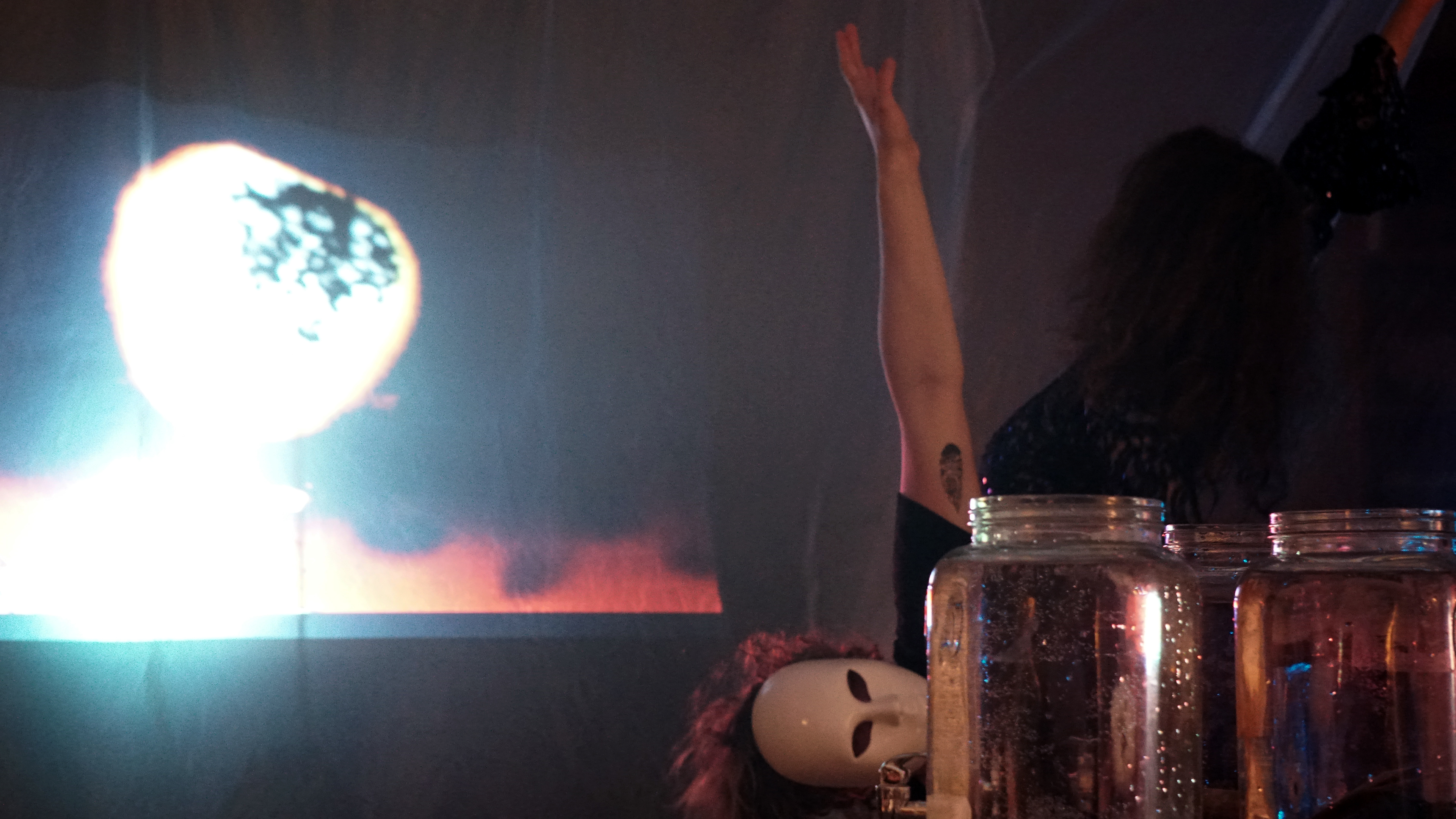Water: source of life and movement
It runs through our veins, structures the layout of our ecosystems. The history of its passage is engraved in our landscape, as are our attempts to parcel and contain the uncontainable. In Western Massachusetts, the narrative of water runs parallel to the flow and displacement of people. From the genocide of Indigenous Nations, to the flooding of the Quabbin valley (Nipmuc Territory), the history of Western Mass has been shaped by land and water battles.
In Memory Flow: Narratives of Land, Water and Displacement in Western Mass., the history/present/future of this life giving “resource” was explored through art and conversation. The Talking Wings and Visioning B.E.A.R. Circle Intertribal Coalition partnered to run a series of performances and workshops that engage historical memory as a catalyst to unite communities in the face of global warming
The conference occurred on the 28th and 29th of April 2018, a week after Earth Day and on the 90th anniversary of the complete dis-incorporation of the Swift River Valley towns, flooded by the Quabbin reservoir. The land where the event will take place is in South Deerfield, under the shadow of Ktsi Amiskw (The Great Beaver), renamed by the European colonizers as Sugar Loaf Mountain. It is also situated next to Quinnehtukqut (the Connecticut River), source of life and movement to the entire region.
History Under the Surface (Saturday, April 28th)
On the first day of the conference, under the shadow of Ktsi Amiskw, the conference organizers and participants will revived the layers of memory and systemic violence submerged under Western Massachusetts. Visioning B.E.A.R. set the stage, leading a discussion that engages our personal connection to the land and water. The discussion was followed by an interactive exhibition, performed and curated by Talking Wings. The performance narrates the multilayered histories of colonization, environmental destruction and economic starvation that lie at the bottom of the Quabbin Reservoir (source of Boston's drinking water).
A labyrinthian structure of light and shadow, inhabited by dancers and musical performers, will engulf the conference participant inside a memory chamber. The participants interacted directly with performers who embodied "Water," "Environments," and "Division" (another words for capitalism). At the center of the labyrinth, the participants will encounter four containers full of “Quabbin Water,” in which photographs taken in the displaced towns of Prescott, Greenwich, Dana and Enfield lie submerged. It is the audience/collaborator’s task to extract the pictures from the water before the ephemeral images are washed away. The audience members are free to take the images with them, for now that they have retrieved the memory, it is their responsibility to keep it alive and breathing.
From Memory to Action (Sunday, April 29th)
On the second day of the conference, a series of workshops and discussions delved even deeper into the history of Western Massachusetts. The workshops re-framed misrepresented and hidden histories, focusing closely on Metacom's War and the conquest of Western MA. All the conference participants united to discuss how the history of division and conquest of Turtle Island continue to haunt communities across the world. Through circular discussions and erasure poetry workshops, we outlined out role in recognizing and propagating systems of structural violence.
The second facet of the conversation was a workshop with Dr. Lisa Brooks, who helped us dive into her new book, Our Beloved Kin: A New History of King Philip’s War. Dr. Brooks used an interactive website (a companion piece to her new publication) to reveal the complex web of human and natural relations, which were woven under the surface of Massachusetts before and during its conquest by English settlers. By following the stories of Weetamoo, a female Wampanoag leader, and James Printer, a Nipmuc scholar, Dr. Brooks retraced a facet of history that has often been overlooked and ignored. In her workshop, Dr. Books herself helped the participants weave together a new perceptions of the language, memory and history of the land on which they all stood.
Narratives of history transformed into conversations regarding the present and future of our land and water. Reviving forgotten memory and activating / encouraging / provoking art is an essential part of how we all engage with our quickly changing environment, leading us to a more connected and respectful future. The conference participants left with a renewed sense of our responsibility to remember and connect with our land, history and each other.
















